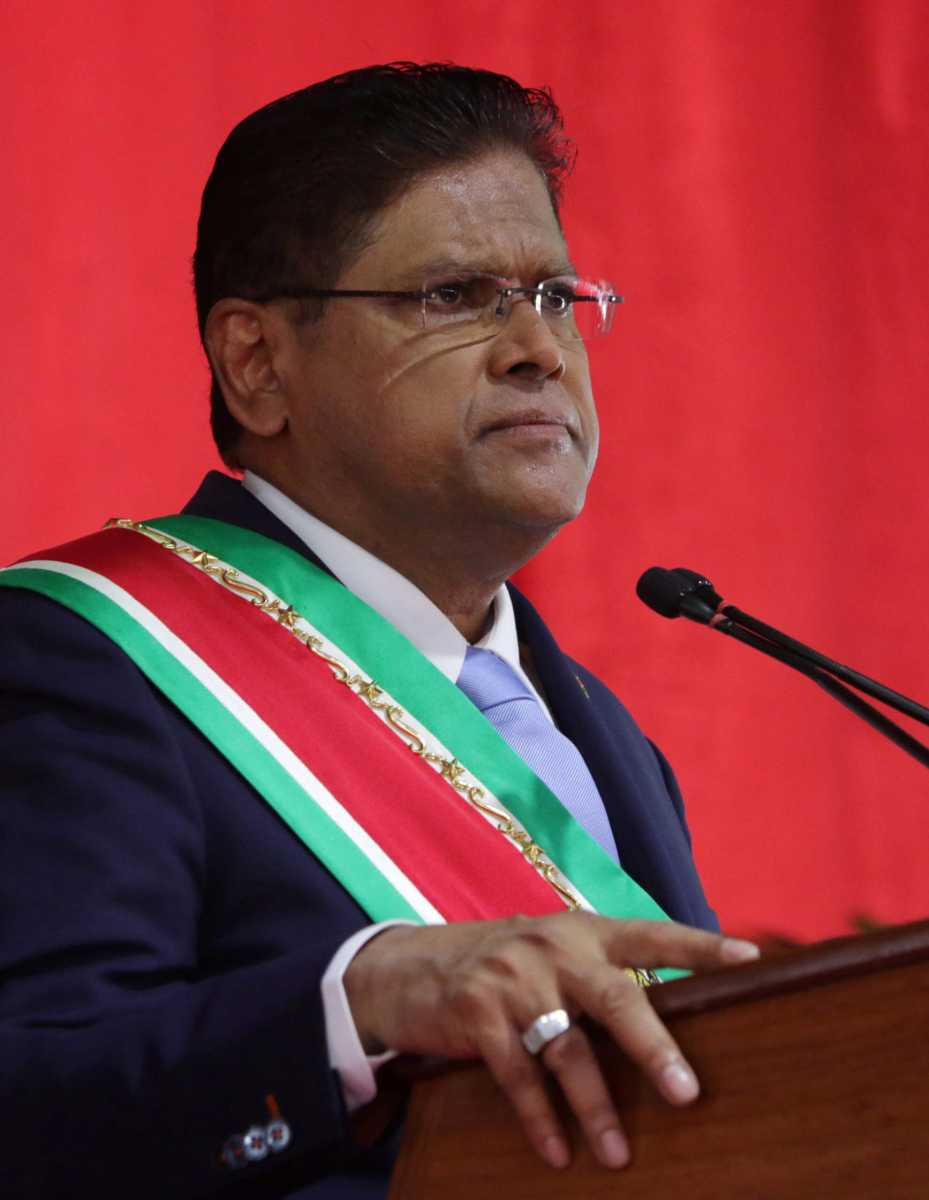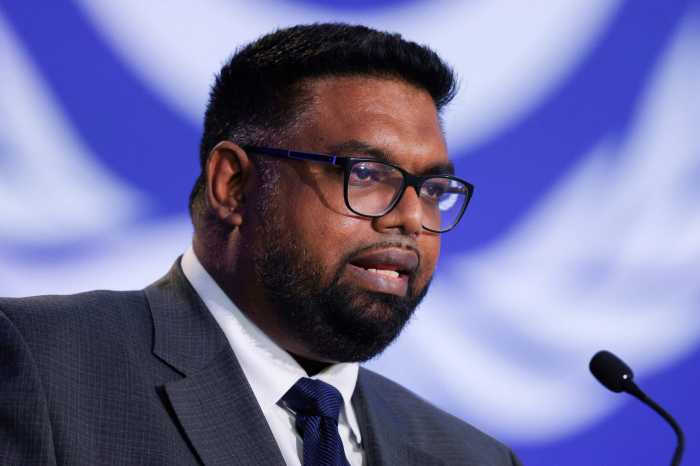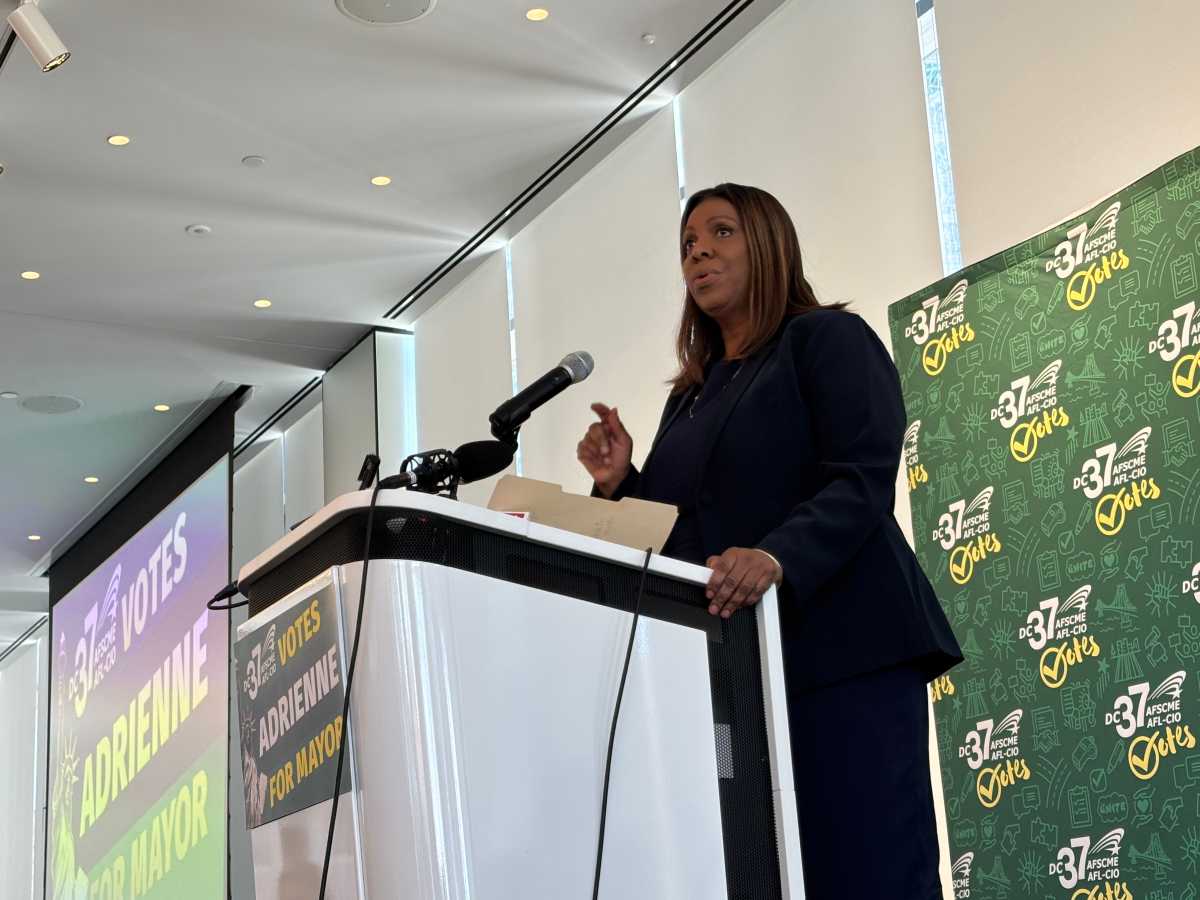In Guyana, the economic windfall from a humongous offshore oil find in 2015 has already begun to manifest itself since production kicked off in late 2019. The country earns at least $7.6 million daily from production. With two more oil fields set to come on stream in the next three years, officials say the daily figure will more than double once global oil prices hold steady.
In the next four years, neighboring Suriname will join Guyana in raking in billions from offshore oil production. This is after the multiparty coalition government and French oil giant Total Energies and Apache Oil of Texas made a final investment decision (FID) this week to proceed with production development in Gran Morgu field, located in Block 58, approximately 86 miles offshore. Officials estimate that the area, neighboring Exxon’s gushing Stabroek Block in Guyana, has at least 750 million barrels of recoverable oil and large gas deposits.
The investment is worth $10 billion, will produce an estimated 220,00 barrels of oil daily, and will be supported by a floating storage and offloading vessel (FPSO), as is the case in the Stabroek Block. The two share the Guyana-Suriname Basin, which industry experts list as one of the most prolific, with billions of barrels of sweet, light crude that is easily refined. Production costs per barrel in both are estimated at under $30.00, providing a huge profit margin for companies.
Agreements to rush to production by 2028 were signed in Paramaribo, the Surinamese capital, on Tuesday, ending more than two years of national tension as Total had been hesitating as to whether or not it should have invested in Suriname with its more challenging production sharing and tax regimes than Guyana. Guyana and Suriname are the two most resource-rich CARICOM nations, which now both have oil and abundant forest, gold, diamonds, agricultural, bauxite, and freshwater resources, among others. Both also have populations of under one million.
For the Chan Santokhi administration, the FID is a prominent political lifeline as it can boost the coalition’s chances of a second five-year term in general elections set for May 25 next year. Santokhi had been counting on selling the investment as a political carrot to an angry electorate. The grouping was on course to drop many seats in the 51-member parliament because of severe economic hardships. The country is in the throes of an economic downturn and is struggling with the help of the IMF to come out of a slump that has bedeviled it for over a decade. The impending offshore production will tie in with the decades of onshore output, which can sometimes reach up to 16,000 barrels daily.
“Today is a historic day for Suriname, for the people, for all of you, a day that will determine our future. This is a game-changer. Soon, Suriname will be independent for 50 years. Gran Morgu offers a great opportunity that we must seize with both hands. This means no more uncertainty from today,” said a beaming Santokhi as he signed the deal. Legal documents exchanged. He said that money from the sector “must be managed transparently and apolitically.” At the same time, Annand Jagesar, managing director of state-owned oil company Staatsolie, called for transparency, “This project offers a unique opportunity to strengthen our economy. However, its success depends on the proper use of the resources. We must ensure that these revenues lead to sustainable prosperity for our country.”
Staatsolie has a 20 percent stake and has raised funds to contribute to oil field development in the coming months. The company will drill up to 32 wells in the first phase.


























